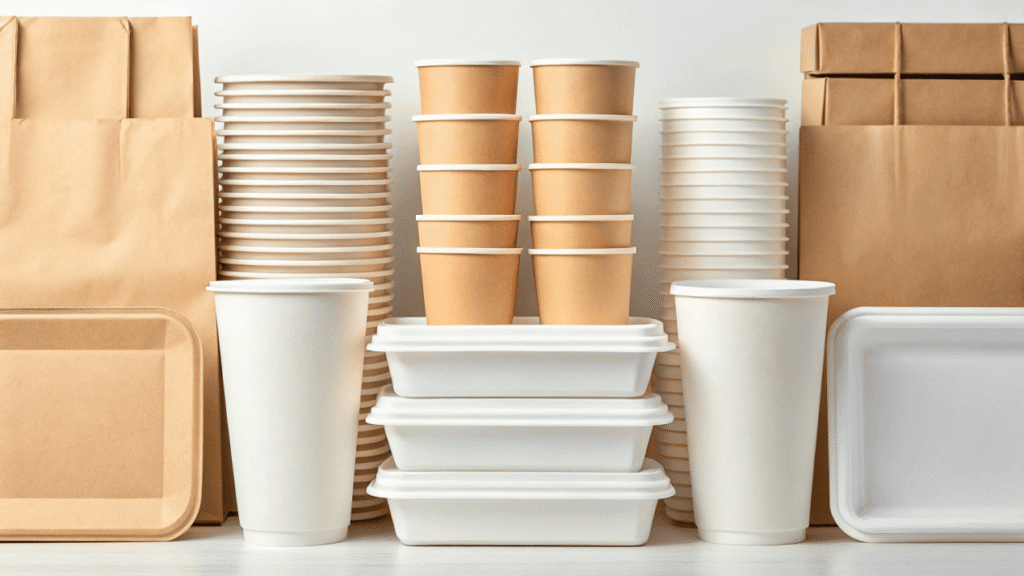Choosing the wrong packaging is confusing and risky. It can harm your brand reputation, customer health, and the planet, but understanding the basics makes the right choice easy.
To choose wisely, you must understand four key areas: common materials (paper, plastic), crucial safety standards (FDA, EU), sustainable alternatives (PLA, bagasse), and how to vet a supplier (certifications, experience).
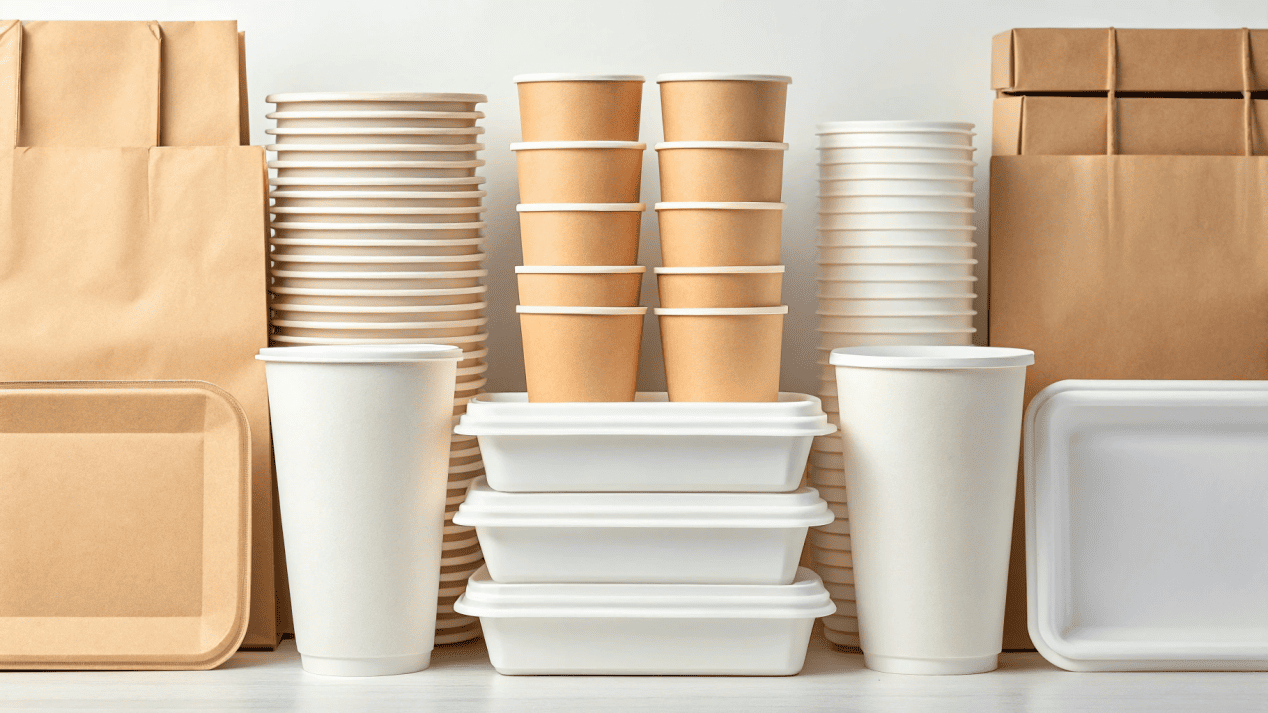
I remember talking to a new restaurant owner who was completely overwhelmed. He said, "Jonh, I just want a box for my food, but one supplier is talking about PLA, another about PET, and a third about FDA certification. I don't know what matters." He was afraid of making a costly mistake. I told him what I tell all my partners: you don't need to be an expert in everything, but you do need to know the fundamentals to protect your business and your customers. This is your guide to those fundamentals.
What Are the Most Common Food Packaging Materials?
You need a container for your food, but the material choices are overwhelming. Choosing the wrong one can lead to soggy boxes, melted containers, or a poor customer experience.
Paper and paperboard are great for dry goods but need a coating for moisture. Plastics like PET are clear and durable, PP is heat-resistant for microwaves, and PS offers good insulation.
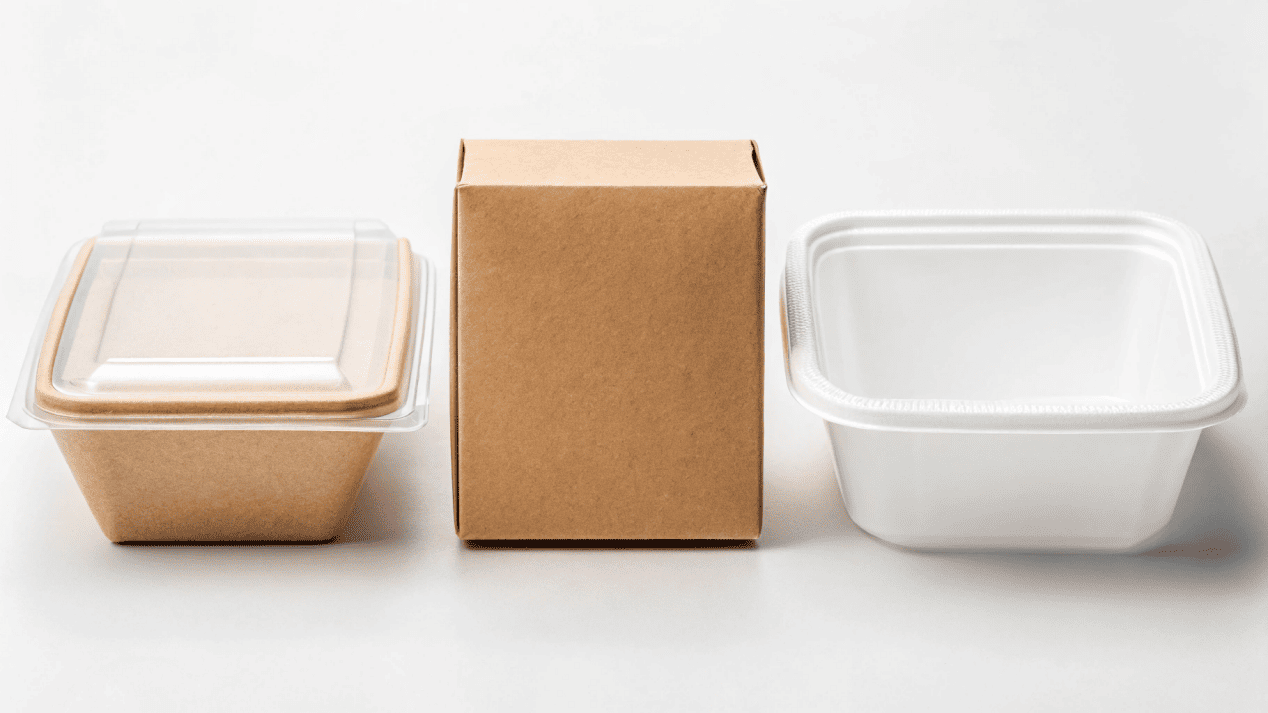
The material is the foundation of your package. In my 15 years as an engineer in this industry, I've seen every food type imaginable, and there's a perfect material for each. The most common a client asks about is paperboard. It's fantastic for things like bakery boxes or solid foods. But what if you have soup or fried chicken? That's when we add a coating. This coating acts as a barrier to stop grease and liquid from soaking through. We are very strict about using only 100% food-grade paper. For plastic, the choices depend entirely on the food's temperature and use. A clear PET container is great for a cold salad, while a PP bowl is what you need if the customer will reheat it in a microwave. Understanding these basic properties ensures your food stays just as you intended.
Material Quick Guide
| Material | Best For | Key Characteristic | My Experience |
|---|---|---|---|
| Paper/Paperboard | Dry Goods (Bakery), Pizza, Burgers | Cost-effective, printable, eco-friendly feel. | When coated with PLA, it becomes a perfect, sustainable choice for hot soups and greasy foods. |
| PET Plastic | Cold Drinks, Salads, Fruit Cups | Crystal clear, durable, and great for showing off the product. | Not suitable for hot foods or microwaves. Its clarity is its biggest selling point for grab-and-go items. |
| PP Plastic | Hot Meals, Soups, Yogurt Tubs | High heat resistance, microwave-safe, and very sturdy. | This is my go-to recommendation for clients who need a reliable, all-purpose container for hot takeout. |
How Do You Ensure Your Food Packaging Is Safe?
You assume your packaging is safe for customers. But hidden chemicals or poor manufacturing can lead to contamination, creating legal and health nightmares for your business.
Ensure your packaging is safe by partnering only with suppliers who hold internationally recognized certifications, such as the US FDA and EU Regulation (EC) 1935/2004. These prove materials are tested and non-toxic.
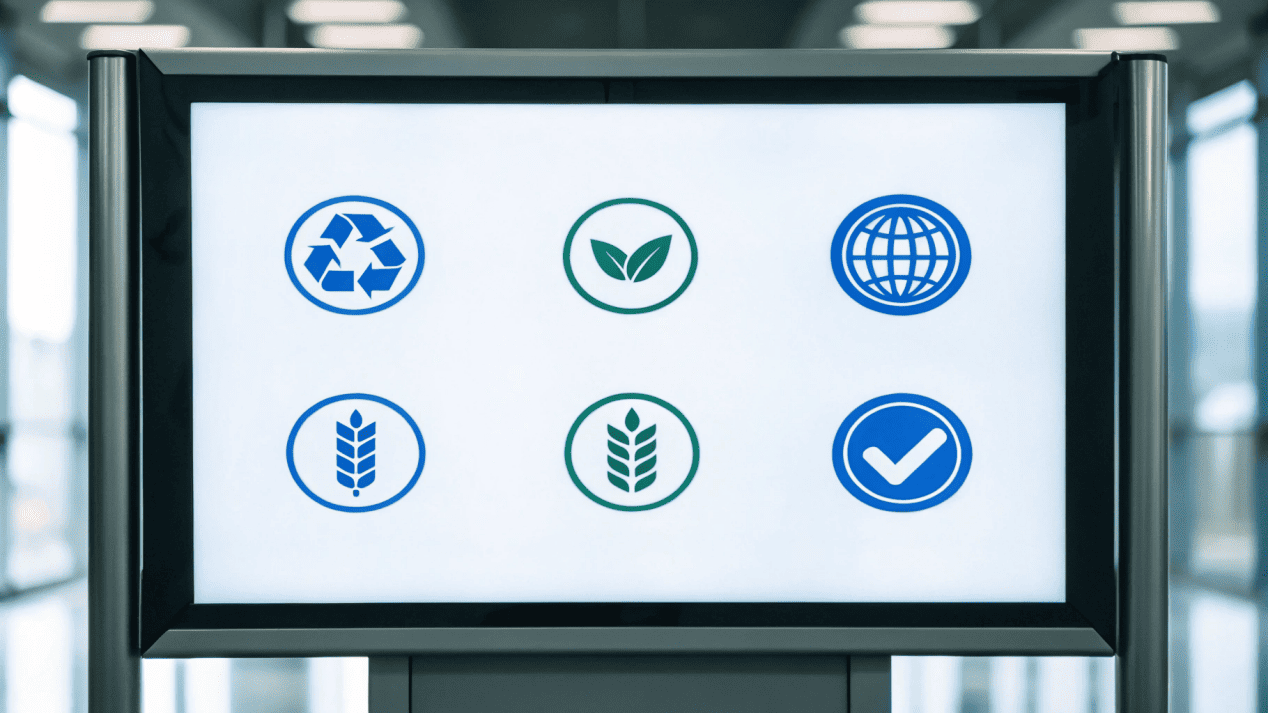
This is the one area where there is no room for compromise. As a business owner, you are responsible for the safety of everything that touches your food, including the packaging. This is why global safety standards exist. The two most important are the US FDA regulations and the EU's Framework Regulation. In simple terms, they both say the same thing: no harmful substances from the packaging can transfer into the food. A trustworthy supplier doesn't just say they are safe; they prove it with certifications. When a client asks me about safety, I don't just give them my word. I show them our certificates, like our FDA and ISO approvals. These documents are your guarantee that every batch, from the raw paper to the finished cup, has been made following strict quality and safety rules. It's about building trust with your customers.
What Are the Best Eco-Friendly Packaging Alternatives?
Customers are demanding sustainable options more than ever. Using traditional plastic packaging can hurt your brand image and even affect your sales in the long run.
The best green alternatives are bagasse (sugarcane fiber), which is strong and compostable; PLA, a plant-based lining for paper cups; and bamboo, a fast-growing renewable resource. These meet consumer demand for sustainability.
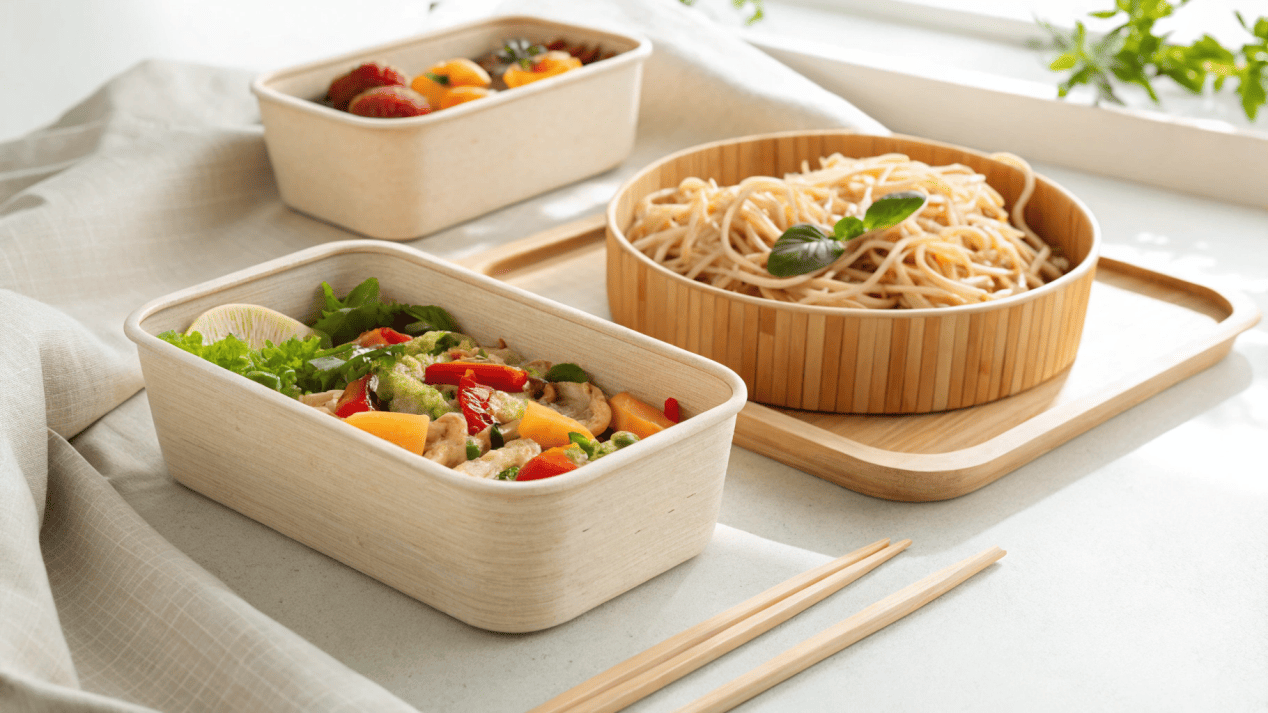
I have seen a huge shift in the industry over the last five years. Before, eco-friendly packaging was a nice bonus. Now, for many of my clients, it's a requirement. Their customers expect it. The good news is that sustainable options are better than ever. My personal favorite is bagasse. It's made from sugarcane fiber left over after sugar production. It's strong, looks great, and is perfect for hot or cold foods. For paper cups and bowls, the big innovation is PLA lining. It's a bioplastic made from corn starch or sugarcane that provides the same leak-proof performance as traditional plastic but is commercially compostable. Choosing these materials is no longer just about protecting the planet; it's a smart business decision. It tells your customers that you share their values, and that is a powerful way to build brand loyalty.
How Should You Choose Your Packaging Supplier?
You need a reliable source for your packaging. But a bad supplier can cause delays, deliver poor quality, and fail to support you when you have a big order or a problem.
Choose a supplier with proven experience and internationally recognized certifications (FDA, ISO). Ensure they can handle your volume, offer customization, and are willing to provide samples for you to test before you buy.
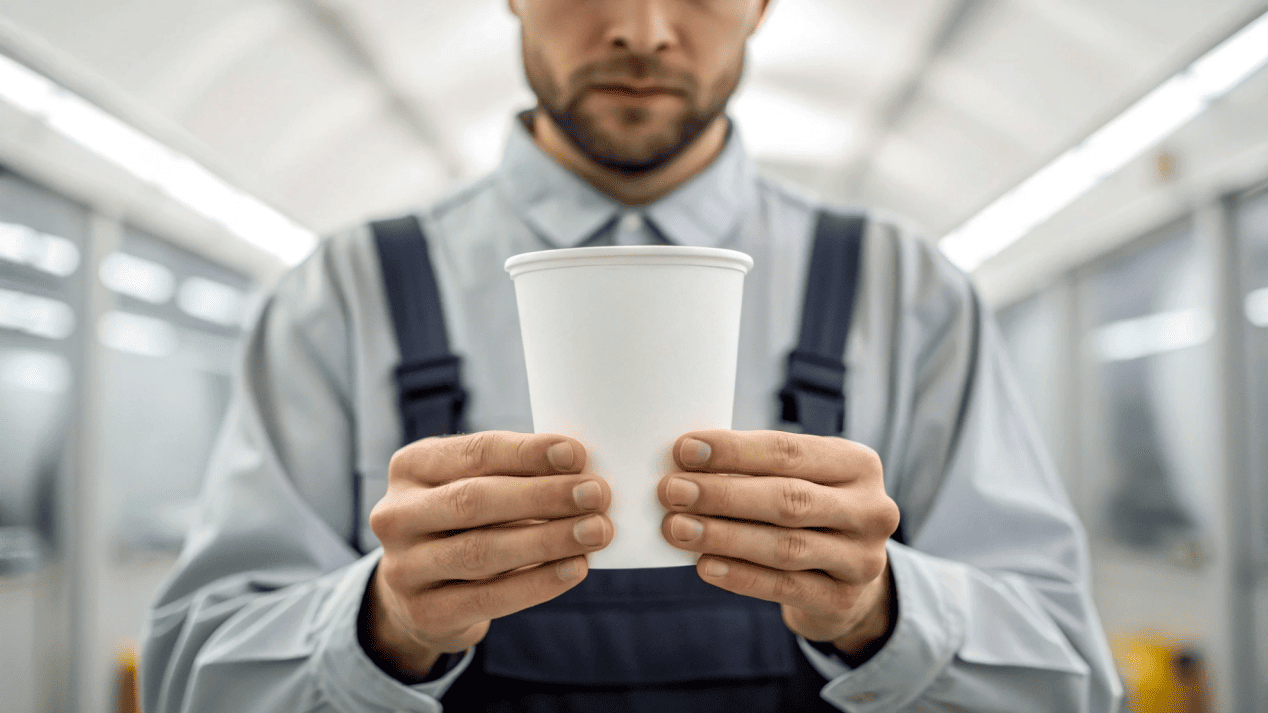
Choosing a supplier is like hiring a key employee. They become a partner in your business. I always advise potential clients to look at four things. First, check their experience and certifications. How long have they been in business? Can they show you their safety and quality certificates? This tells you about their reliability. Second, ask about their production capability. Our factory has over 120 automated lines, which means we can handle a small custom order for a cafe and a massive order for a global chain with the same level of care. Third, can they help your brand stand out? A good partner will offer customization options, like printing your logo. Fourth, and most importantly, always ask for samples. You need to hold the product in your hands, test it with your food, and see if the quality matches your standards. This simple step can save you from major problems down the road.
Conclusion
Making the right choice in disposable packaging protects your customers, elevates your brand, and supports a healthier planet. This knowledge empowers you to build a better business.
